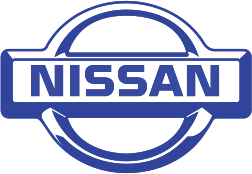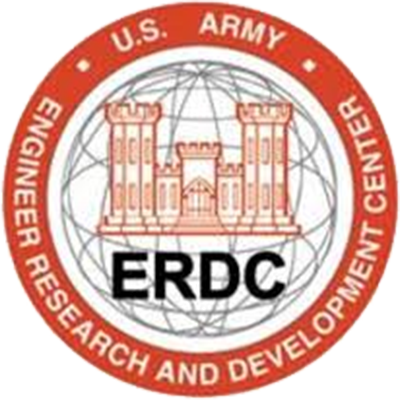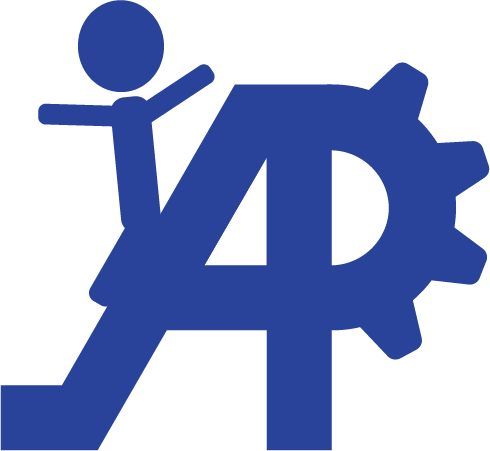We take the approach of participatory design where students are co-designing this space.
Our students are always craving more training and real-world experiences. At Automation Playground, we offer our research associates the opportunity to see the whole project from beginning to end so that they can actively participate and understand the research process.
People-Centered Design Research
A people-centered perspective, at its core, engages technology by examining how it fits into people’s daily lives, on their own terms – through their eyes and in their own voice. This perspective forces us to engage the impact of automation interventions in terms of the meaning people make of their own experience. These first person perspectives are collected and assembled into socio-ecological tiers – individuals, peers & family, neighborhoods, communities, etc. – as the specific socio-technical complex systems require.

Distributed Cognition
Specifically, the theory of Distributed Cognition, centers on embeddedness and embodiment (EE) of human experience in complex socio-technical systems. In our work as design researchers we leverage EE in identifying the right research questions, as well as in the methods we employ to address them. One method we use is visual diagramming at a basic human scale, Day-In-A-Life (DIAL), to help articulate the questions and develop insights into patterns of daily decision making and selection of mobility options.
The theory of Distributed Cognition (D-Cog) developed by Ed Hutchins (see Cognition in the Wild, 1995. MIT press) centers on
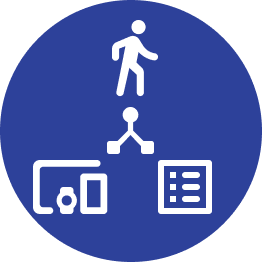
Speculative Design Ideation
These practices enable us to also view possible or preferable Futures – implications of broader shifts on mobility and other topics/issues.

1. Engage with the messy world first through unique methodologies
2. Reframe the research question and challenge limiting assumptions – look at the perspective of the human and the system from the theory of distributed cognition
3. Self research – through pragmatic speculative design
4. Parse the world from a human centered perspective rather than tech centered one to see how the system fits into people’s daily lives
What We Do
How, in the real-world, do people accomplish their tasks with the addition of the new system.
How, in the real-world, do people accomplish their tasks now that the intervention has disappeared?
Conduct observations through video and audio of people traveling or conducting their daily lives, in the real-world, before, during and after an intervention is deployed.
Projects
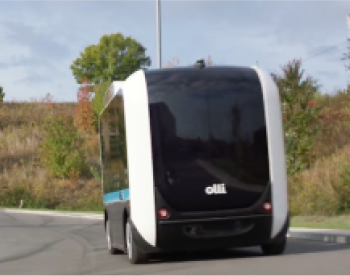
Autonomous Shuttles

Smart Installation GIS-Based Mobility Map
Developing a multi-layered interactive Mobility Map for the MCAS Miramar Installation using the Geographical Information System, ArcGIS platform by Esri.
Funding and Support
Current research is funded by the Berkeley Institute for Transportation Studies (ITS), Ford Motor Company, the US Army Corps of Engineers, Engineering Research & Development Center (ERDC), the National Institutes of Health, National Library of Medicine, and the Naval Information Warfare Center (NIWIC). Additional funding for previous projects was provided by Nissan, Hyundai Motor Company, the Toyota Motor Company, and Dexcom.




